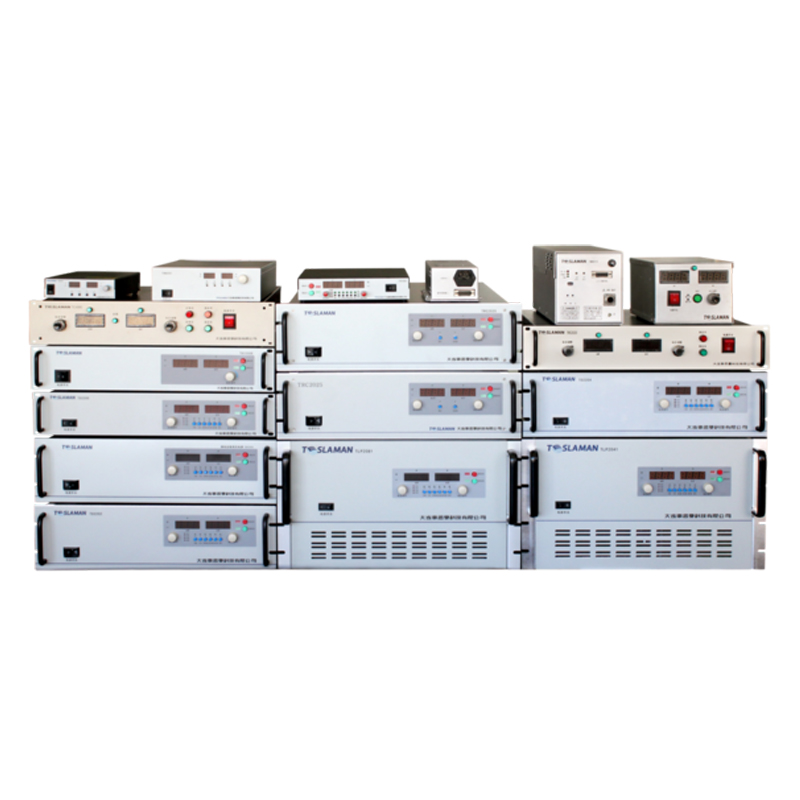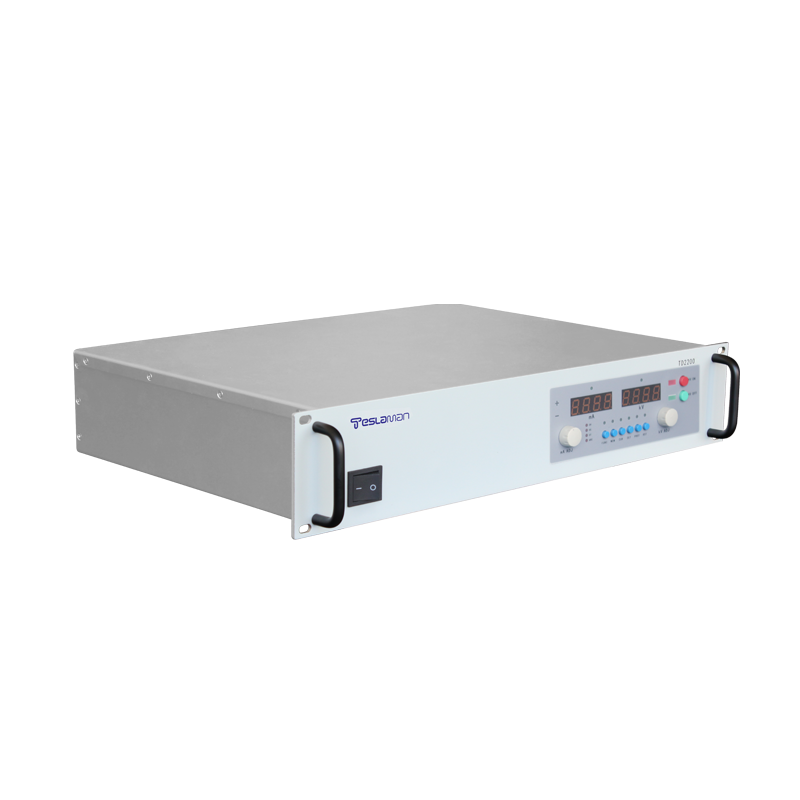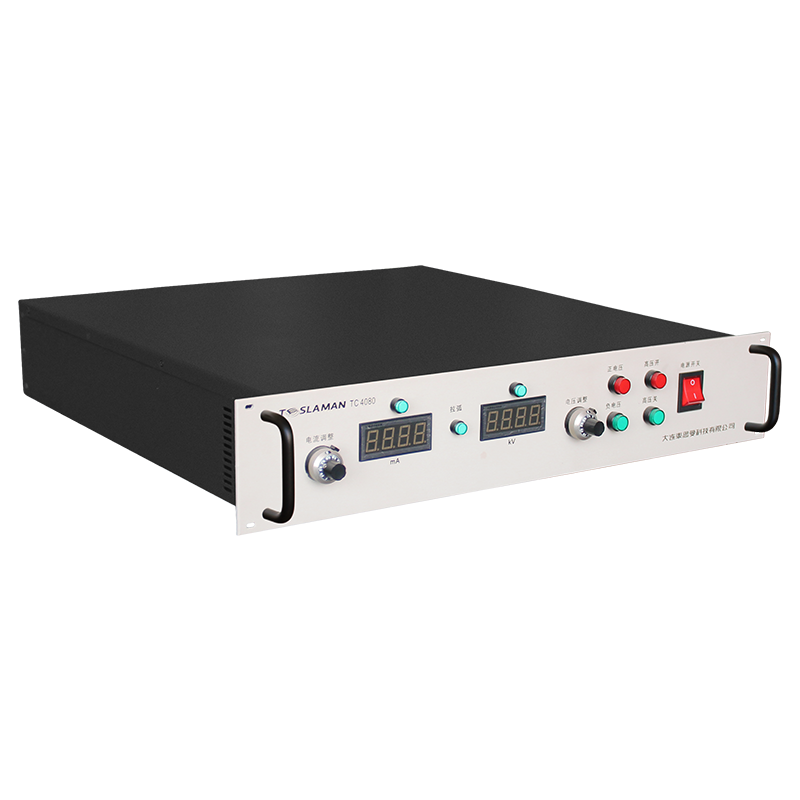Application of High Voltage Generator in Nuclear Magnetic Resonance Imaging Equipment
In the field of modern medical imaging technology, nuclear magnetic resonance imaging (MRI) equipment has become an important tool for clinical diagnosis and medical research with its advantages of non-invasiveness, high resolution and multi-parameter imaging. As one of the key components in nuclear magnetic resonance imaging equipment, the high voltage generator plays a crucial role.
I. Working principle of high voltage generator
The high voltage generator mainly converts the lower input voltage into a higher output voltage to provide stable and reliable power support for the magnet and radio frequency system in nuclear magnetic resonance imaging equipment. Through a series of electronic circuits and transformer and other components, it realizes voltage boosting and regulation. During the working process, the high voltage generator needs to have high-precision voltage control and stable output ability to ensure the normal operation and image quality of nuclear magnetic resonance imaging equipment.
II. Importance in nuclear magnetic resonance imaging equipment
1. Provide excitation power for the magnet
The core component of nuclear magnetic resonance imaging equipment is the magnet, which requires a strong excitation current to generate a high magnetic field. The high voltage generator provides a stable high voltage power source for the magnet, enabling the magnet to generate a uniform and stable magnetic field. The strength and uniformity of the magnetic field directly affect the resolution and image quality of nuclear magnetic resonance imaging. Therefore, the performance of the high voltage generator is crucial to the operation of the magnet.
2. Drive the radio frequency system
The radio frequency system is the part used for transmitting and receiving radio frequency signals in nuclear magnetic resonance imaging equipment. The high voltage generator provides high-power power for the radio frequency system, driving the radio frequency transmitter to generate radio frequency pulses of a specific frequency to excite hydrogen nuclei in human tissues to produce magnetic resonance signals. At the same time, the high voltage generator also provides power for the radio frequency receiver to ensure the sensitivity and accuracy of the received signal.
3. Ensure the stability and reliability of the equipment
Nuclear magnetic resonance imaging equipment needs to run continuously for a long time and has extremely high requirements for the stability and reliability of the power supply. The high voltage generator can provide stable output voltage by adopting advanced electronic technology and stable circuit design, reducing voltage fluctuations and interference and ensuring the normal operation of the equipment. In addition, the high voltage generator also has overvoltage, overcurrent, overheating and other protection functions. When abnormal conditions occur, it can cut off the power supply in time to protect the safety of the equipment and patients.
III. Technical requirements of high voltage generator
1. High-precision voltage control
In order to ensure the image quality of nuclear magnetic resonance imaging equipment, the high voltage generator needs to have high-precision voltage control ability. The accuracy of the output voltage should be within a certain range to ensure the stable operation of the magnet and radio frequency system. At the same time, the high voltage generator should also be able to respond quickly to voltage adjustment instructions to achieve precise adjustment of the output voltage.
2. High stability and reliability
Due to the importance and particularity of nuclear magnetic resonance imaging equipment, the high voltage generator must have high stability and reliability. It should be able to work stably under various environmental conditions and is not affected by factors such as temperature, humidity and electromagnetic interference. At the same time, the high voltage generator should also have good heat dissipation performance and fault diagnosis function so as to detect and eliminate faults in time.
3. Low noise and low electromagnetic interference
Nuclear magnetic resonance imaging equipment is very sensitive to noise and electromagnetic interference. Therefore, the high voltage generator should have the characteristics of low noise and low electromagnetic interference. It should adopt advanced electronic technology and filtering measures to reduce noise and electromagnetic interference in the output voltage and ensure the normal operation and image quality of the equipment.
IV. Future development trends
With the continuous development of medical imaging technology, the performance requirements for nuclear magnetic resonance imaging equipment are also getting higher and higher. In the future, the high voltage generator will develop in the direction of higher precision, higher stability, lower noise and smaller size. At the same time, with the application of intelligent technology, the high voltage generator will have more intelligent control and fault diagnosis functions, improving the reliability and maintenance efficiency of the equipment.
In conclusion, the high voltage generator plays a crucial role in nuclear magnetic resonance imaging equipment. It provides stable and reliable power support for the magnet and radio frequency system to ensure the normal operation and image quality of the equipment. With the continuous progress of technology, the performance of the high voltage generator will continue to improve, providing more powerful support for the development of nuclear magnetic resonance imaging technology.




















